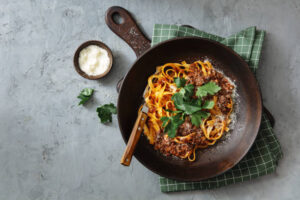Who doesn’t love a nice meal, especially if it is a Roman one? The Romans are proud of eating all the meats and plants, which makes their dishes so unique and ‘nose to tail’. From pasta to seafood, there is nothing that you won’t find in a good Roman cuisine. But as an American with very little knowledge of Roman cuisine, you may sometimes have a hard time when ordering Roman foods from your local Roman restaurants. This is why our team at Emma & Lorenzo Trattoria has created this top 10 guide for you.
Traditional Roman Cuisine: The Top 10 Countdown:
The Roman cuisine, which is the so-called poor cuisine, dates back to medieval times and has roots extending to many other cuisines and cultures. This is another feature that makes it so different from the other cuisines. It is the perfect combination of modern influences and ancient culinary traditions.
If you’re thinking of ordering traditional Roman cuisine, here are our top 10 foods that you shouldn’t miss out on:
a. Creamy Maritozzo
A Maritozzo stuffed with whipped cream is the undisputed king of Roman cuisine’s patisseries. In the earlier days, there was no cream filling, and it had candied orange, raisins, and pine nuts instead. But now this leavened dough-brioche bun has become a favorite snack or breakfast for both children and adults.
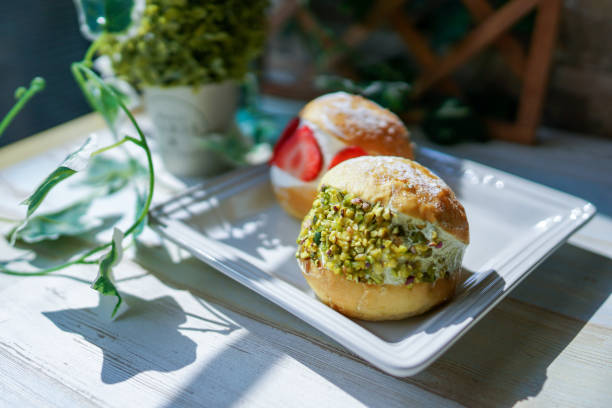
b. The Deep-fried Suppli
While you can find this delicious deep-fried rice or paste croquette only at pizzerias in Rome, your local restaurants would gladly deliver this beauty to your door. Usually eaten as an appetizer or a snack, Suppli is one of the most famous traditional dishes of Roman cuisine.
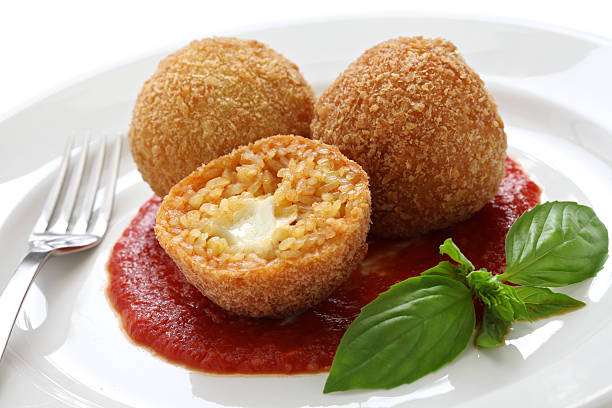
| Fun Fact: The word Suppli is used for telephone cords, as the melted cheese of this dish looks like an old-style telephone cord. |
c. The Zucchini Flower
Fiore di zucca is another delicately flavored dish from the Roman cuisine that includes stuffed zucchini flowers, which are filled with salted anchovies and mozzarella. You can also find a variant of fiore di zucca, which comes without the anchovy, but then you won’t have the umami or the salty flavor.
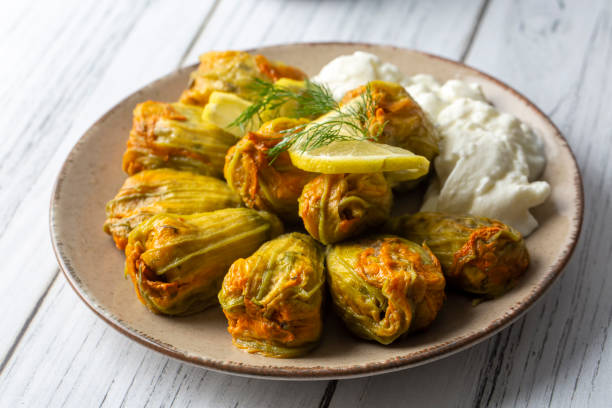
d. Taglio: The Square Pizza
Roman cuisine is also known for its focaccia-type square pizza called Taglio pizza, which is usually baked in an industrial electric oven and is preferred as breakfast, lunch, or a party snack. Taglio pizza can be found topped with cherry tomatoes, fetta cheese, and cilantro or basil.
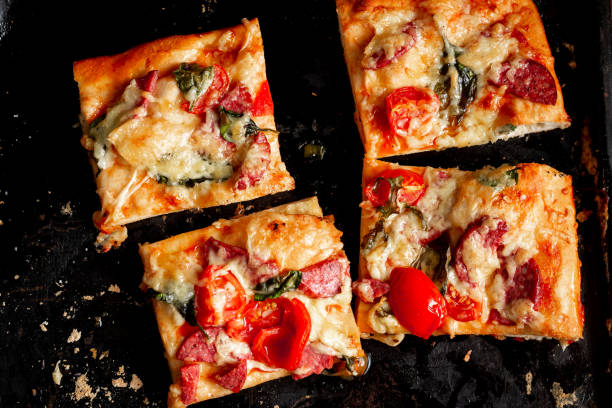
e. Sliced Porchetta
Usually served as an antipasto or a sandwich, prochetta is a boneless, savory pork roast, which is very popular in Roman cuisine. Stuffed with flavorful herbs like fennel and rosemary, it also includes the added taste of pepper, salt, and garlic. You can easily find it as a panino con prochetta or a porchetta sandwich.
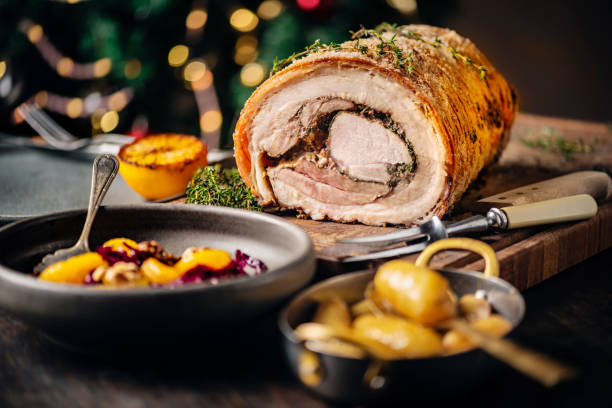
f. Italy’s Favorite: Pasta Carbonara
Unlike other pastas in the Roman cuisine, pasta carbonara is never made with fresh pasta and includes the use of either short pasta or spaghetti. It is almost unbelievable how 4-5 simple ingredients can create a rich and creamy flavor. But it is not as easy as it may seem because of the ingredient count, and it has many technicalities that lead to a signature flavor.
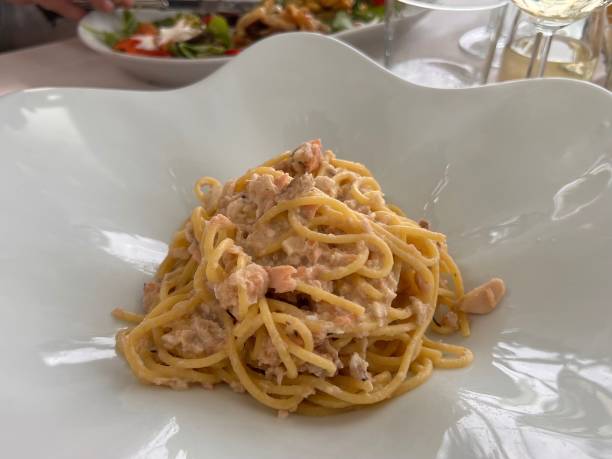
g. The Roman Gnocchi
Gnocchi alla romana is basically a dish from Roman cuisine that includes large dumplings, which are sliced and served hot from the oven. Whichever Roman restaurant you contact, gnocchi will always be on their menu. When it comes to the ingredients, the actual gnocchi is made from potatoes and flour and is garnished with a rich tomato sauce and parmesan cheese.
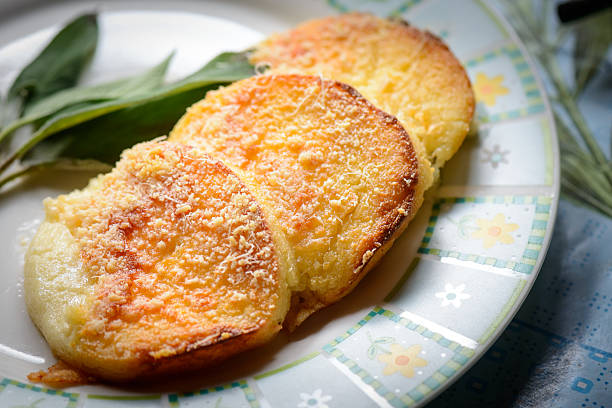
h. The Roman Salad
Puntarelle, or the Roman salad, is another classic that you can never go wrong with. This traditional dish of Roman cuisine is composed of the white stalk of the chicory leaf, which is left to rest in cool water after being trimmed and split with a metal tool. The star of this crunchy and fresh-tasting salad is still the lastly added anchovy dressing.
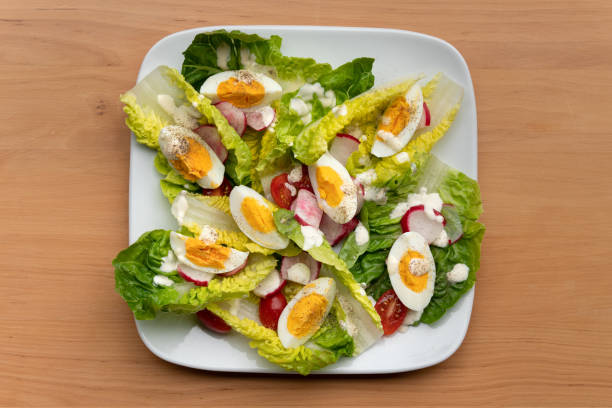
i. The Bitter Cicoria
If you ever come across the menu of a Roman cuisine-based restaurant, you’ll find sautéed chicory there as the vegetable of the day. This bitter leafy green is often presented as a side dish and is prepared with garlic, chili peppers, and olive oil. Its versatility also makes it suitable for sandwiches and pizzas.
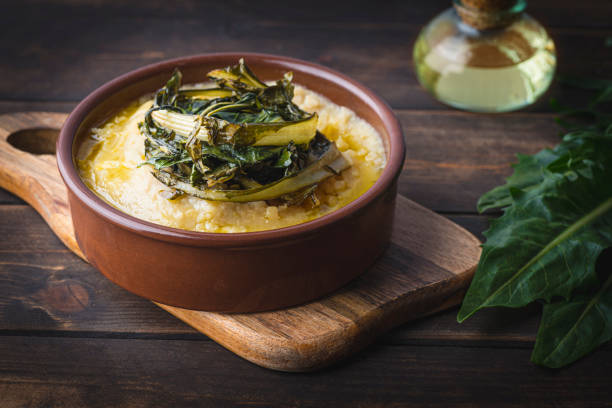
j. The Artichoke Flower
The star of the Roman cuisine is the Roman-style artichoke, which is steamed and dressed with olive oil. Another variant of this is the Jewish style artichoke, which is deep fried, but it isn’t as good because the frying diminishes the artichoke flavor. When you buy your Italian artichokes, you may get them with the stalk attached because that is the traditional way of eating them.
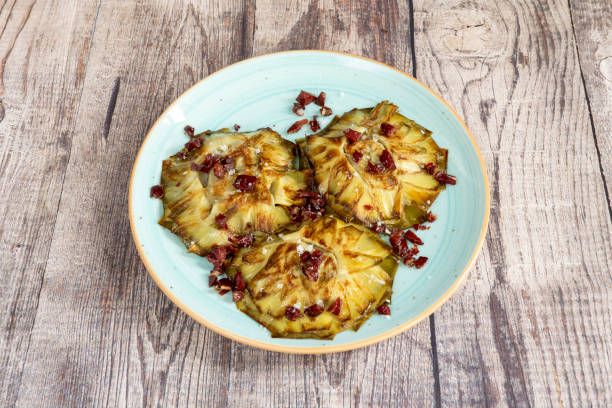
Conclusion:
Roman cuisine includes the cooking traditions of the Italian city of Rome. From steamed artichokes to carbonara pastas, there are many dishes to choose from when you feel like eating at a traditional Italian restaurant, but knowing about the intricacies of the top 10 dishes can help you choose a dish that will be a party for your tastebuds.
FAQs:
Did Romans eat spicy food?
Yes, pepper was highly prized by the Romans and was used to add flavor and spice to several dishes of Roman cuisine.
What is the most famous food in Rome?
Carbonara, which is pasta tossed with pork cheese, pecorino romano, black pepper, and raw egg, is one of the most famous Roman foods.
What does posca mean?
It is an ancient Roman drink that is made by mixing wine vinegar, and water.



